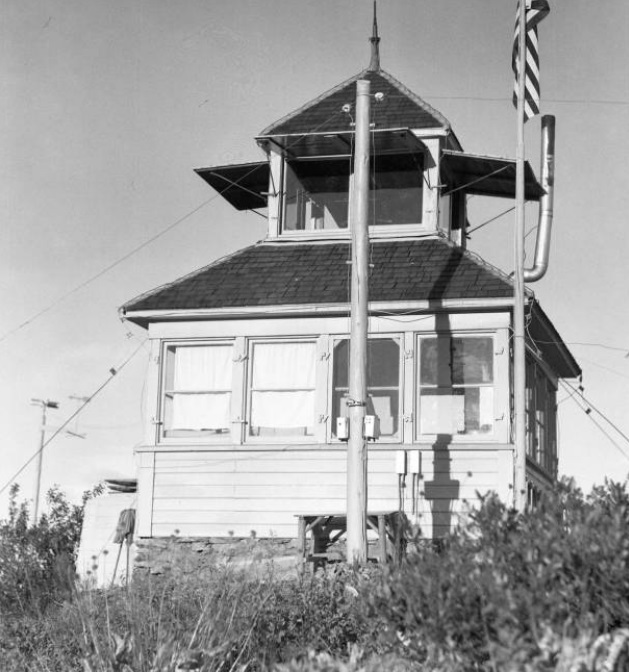
Tiptop Mountain
In 1914, under supervision of A.H. Sylvester, supervisor of the Wenatchee National Forest reserve, a camp lookout was developed here, one of the 4 original sites in the area testing communication via heliograph. Any fires seen were signaled to Tumwater Mountain which had a phone line down to the Ranger Station at the base of Tumwater in the town of Leavenworth.
In 1916, work was almost finished with a telephone line from Blewett to be completed to Tiptop.
In 1920, the lookout was Dan Shaser, he reported in the Leavenworth Echo that he covers fire reports over an area of 600 square miles.
In 1921, the Forest Service was building a telephone line from Tiptop Lookout directly to the Forest Office at Leavenworth so they could immediately report the location to get the fire crews sent to suppress it. Forest Ranger John S. Brender and crew were also building a telephone line from lookout to connect to the Ingall's Creek firemen's cabin at the old bridge site of the creek.
In 1924, H.C. Stewart was the lookout assigned by Forest Supervisor A.H. Sylvester. Construction had started on a cupola cabin.
In 1925, a D-6 cupola cabin was finished.
July 5, 1929: “E.S. Gaines, Forest Service lookout on Tip Top, says he has about the finest view of the surrounding country from his station that anyone could want, and he invites folks who like their scenery very much 'in the air' to pay him a visit any time the spirit moves them. Mr. Gaines will be only too glad to welcome visitors and will take pleasure in pointing what he considers the greatest variety of rare scenic points of interest that can be viewed from any one spot hereabouts. Tip Top is approximately 5200 feet above sea level and can be reached over a good trail up Ruby Creek. On the way the hiker passes through Deer Park, where deer can nearly always be seen grazing, and then on through Camas Prairie to the station, from which vantage point the following peaks may be seen: Mission Peak, Table Mountain, Three Brothers, Miller Peak, Mt. Lillian and BeeHive Mountain. From the station the visitor can look down upon Blewett Pass and Sunset Highway and on clear days may be seen Glacier Peak, 40 miles away, Mt. Rainier, 50 miles away and Mt. Adams, 75 miles away” (The Leavenworth Echo)
In 1930, the news reported that “Mr. and Mrs. George Dennis stationed at Tiptop lookout, have had a special treat all summer in the way of newspapers being dropped off daily, the pilots shutting off the motor and swooping down close to the lookout and dropping the papers within easy reach. Fires on Polollie Ridge and Waptus Lake were reported to Dennis by Pilot Louie Brennen, co-pilot Johnnie Haunsell, who spotted the fires and dropped a note at the lookout, giving a detailed location by local landmarks. The reports were phoned from the lookout to Ranger Burch at Salmon le Sac, and men were promptly sent in to check the blaze before it spread. Dennis is completing his third season as lookout in the Wenatchee national forest, having been previously stationed on Alpine and Sugarloaf lookouts where his work was so satisfactory that he was chosen to act as instructor for the lookouts at the guard training camp at Van Creek last spring. He is a graduate of Washington State college.”
October 1930: "On Sept. 2, about 5 p.m., a Mamer Air Transport plane driven by Johnnie Haunsell, dropped a fire report on Tiptop lookout on the Wenatchee, reporting a fire near Taylor River Ranger Station on the Snoqualmie. It was the first report received as none of the lookouts saw it, and enabled four men to find and extinguish the fire before it spread. Both the Wenatchee and Snoqualmie offices sent letters of appreciation to the company, whose headquarters are in Spokane, Washington. M.W. Prasch" (Six Twenty-Six)
In 1932, the Sunday Oregonian reported that there was a look-out at Tip-Top station near Leavenworth who didn't know until afterward that a hot, sizzling streak of lightning struck not ten feet above his head. A district forest ranger stood almost within shouting distance and witnessed the direct hit on the diminutive building wherein sat the anxious watcher. A great flame, he said afterward, seemed to roll over the building and shot out one of the guy wires that anchored it to a cliff. It burned the guy off and blasted loose about two tons of rock, but the look-out, deafened by incessant thunder, was ignorant of his flirtation with death. Had the station been not protected by the lightning cage it would have been shattered and its occupant killed. The lookout in 1932 was Harold Kester. His wife Mrs. A.B. Kester spent a week up at the lookout with him in late July.
In 1933, the lookout was again Harold Kester.
In 1934, panoramics were take at 18 feet above the ground. The lookout was again Harold Kester of Leavenworth. The season started at the end of May.
In 1935: "Under the date line of February 27, the Seattle Post-Intelligencer carried a feature story describing a trip from Seattle to Spokane via a Northwest Air Lines plane. A few days prior to the publication of the story a staff photographer had made the trip and had evidently written his column while still very much enthused about the trip. One of the highlights of the trip was described as the delivery of a copy of the P-I to Forest Ranger H.B. Kester on Tiptop lookout, and a picture of the Tiptop lookout house was offered as proof that the photographer was an eye-witness to the delivery. The picture showed that the building was shut up tight for the winter, shutters were all down, and considerable snow on the ground. During the time the lookout is occupied, the man stationed at Tiptop receives a newspaper daily donated by the friendly pilots of the Northwest Air Lines. Evidently the station was pointed out as the lookout house where a newspaper was delivered during the summer months, and the staff photographer in order not to overlook any interesting high spots of the trip declared himself an eye witness to the delivery of a newspaper from a plane to a lonely lookout in the month of February. I wonder how many readers of the P-I will be convinced that we have found lookouts on duty this time of year. R.W. Crawford" (Six Twenty-Six) On June 4, 1935, the Wenatchee Daily World reported that Walter E. Anderson, a fire assistant, said the U.S. Forest Service lookout stations had been manned in the lower areas of the Wenatchee National Forest, where an unusually dangerous fire season is in prospect. Albert Kester is on Tiptop.
In 1938, plans were approved for the erection of a garage and woodshed at the lookout.
In 1948, an 18 foot tower with L-4 cab was built, lasting until 1967.
In 1950, Mr. and Mrs. Don Fife reported to the Tip Top lookout station for their season of duty at the start of June.
Elevation: 4,766 feet
Distance: Under one mile
Elevation Gain: 1,000 feet from highest road point
Prominence: 1,100 feet
willhiteweb.com
(Stories found by Ron Kemnow)
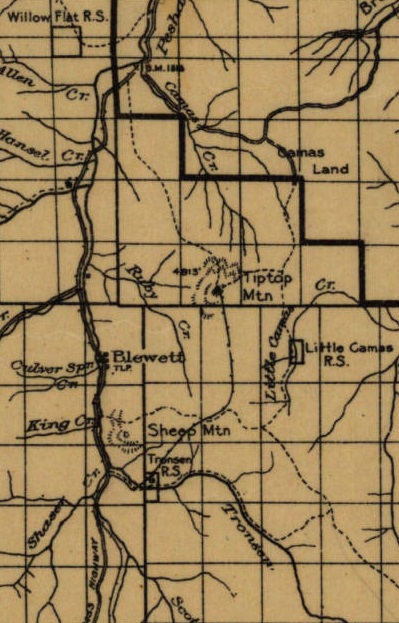
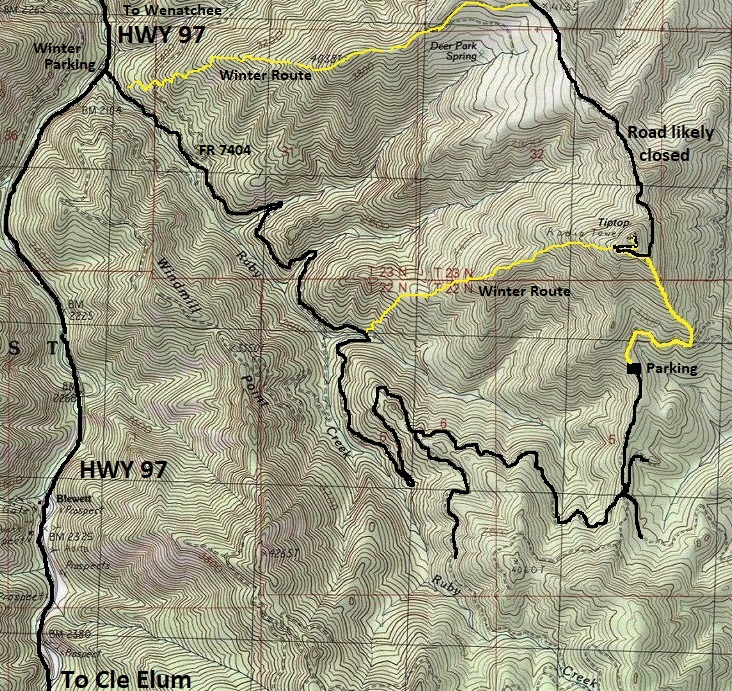
Access
Take Highway 97 to the Ruby Creek Forest Service Road 7404. Follow 7404 as far as you can go, using the map provided. Many have climbed in Winter, I have shown these routes taken as well.
Route
From end of road, follow old road bed as it curves around a creek drainage to a rib. Follow rib to summit. A road is reached near the summit that can be walked making the final stretch easy.
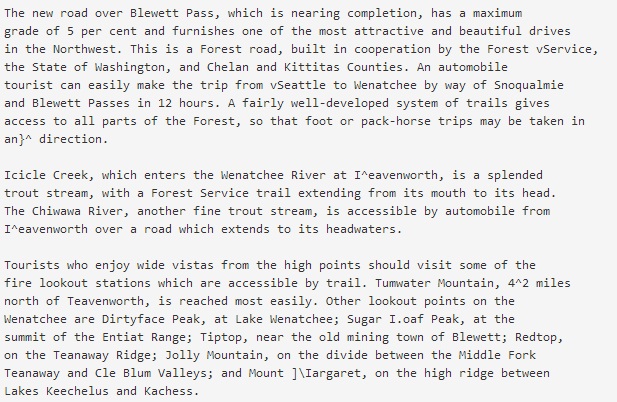
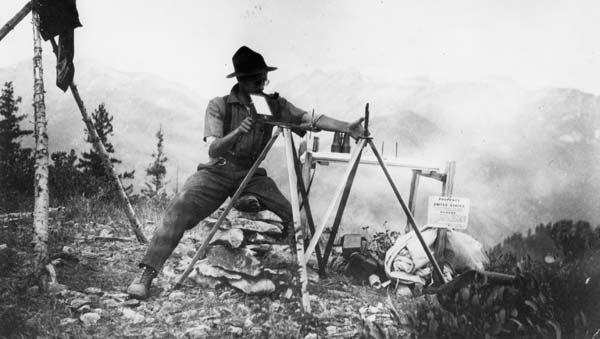


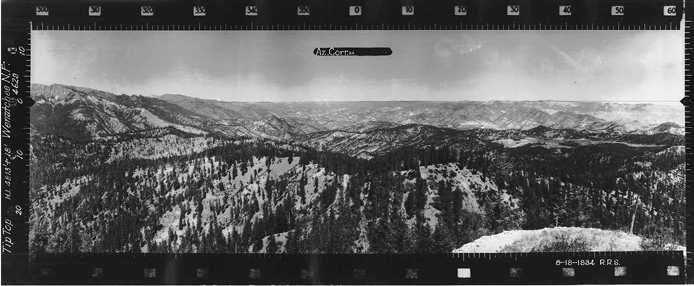
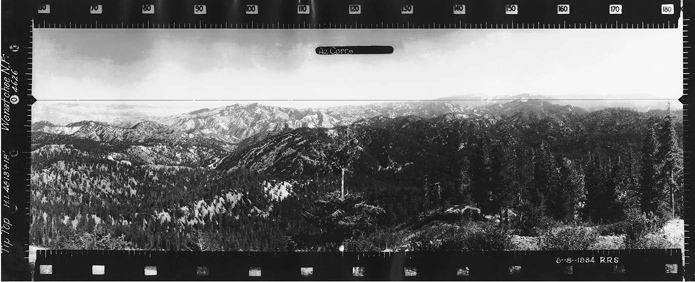
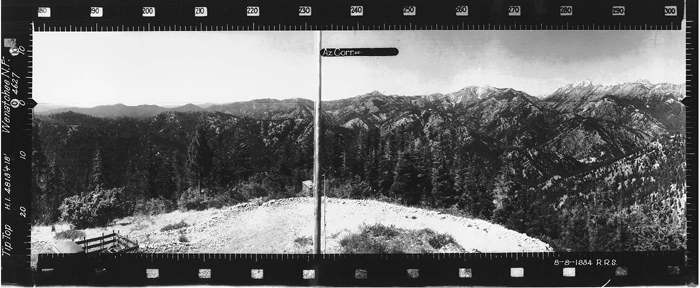
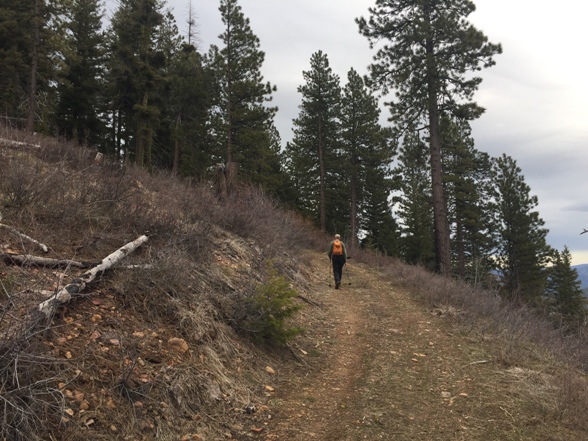
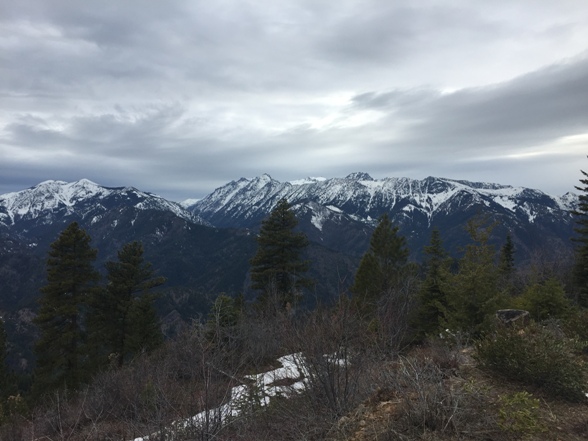
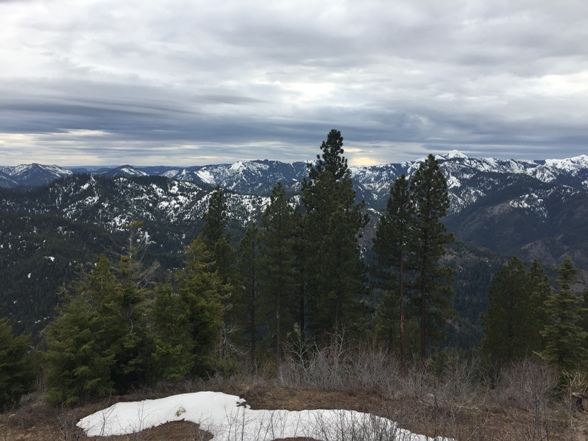
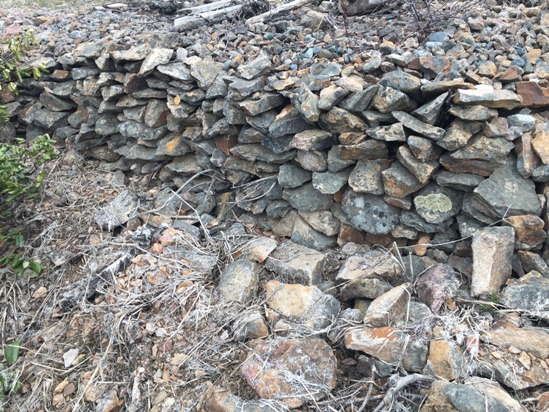
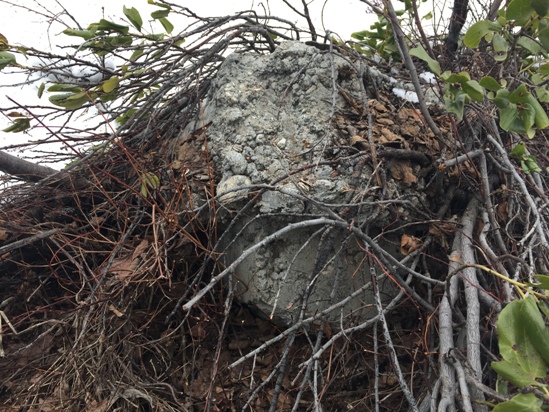
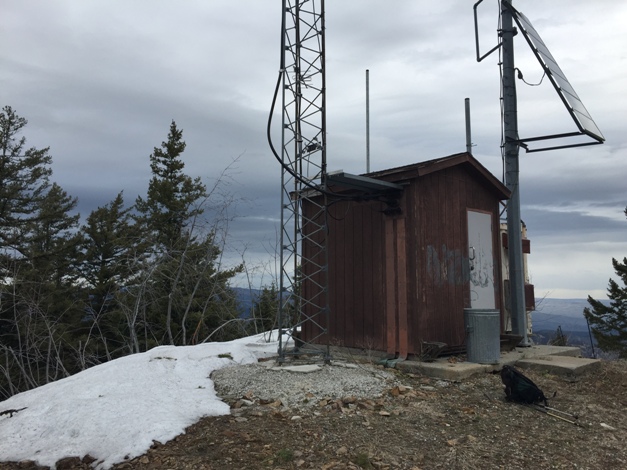
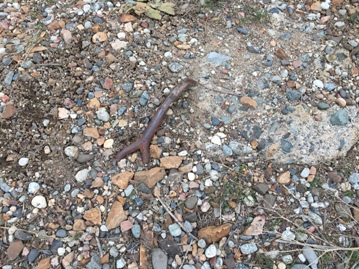
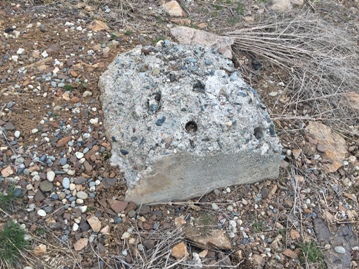
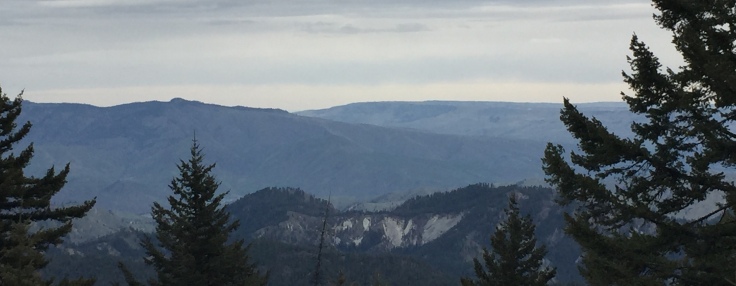
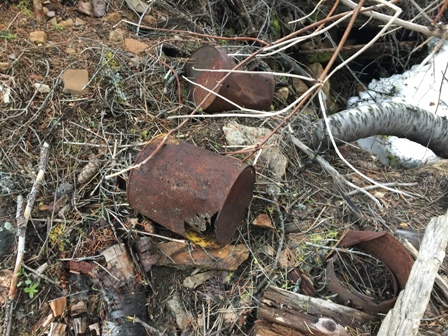
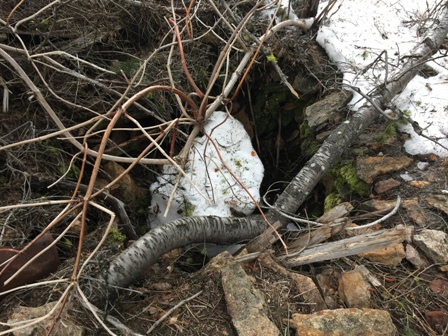
March 20th, 1914
Leavenworth Echo
From the 1920 Directory of National Forests
1918 Wenatchee National Forest Map
Anchor eye bolt
Toilet hole below summit
Garbage pit
Footing down the hillside
Footing still in place
Map showing routes
Southwest 1934
Southeast 1934
Nroth 1934
Summit building in 2018
Rock wall to the far right of picture above on side road
Tiptop Lookout in 1940
August 25, 1940
Harry T. Gisborne operating a double tripod heliograph on Tiptop
On the road near the summit
View west near the summit
View southwest near the summit
Northeast
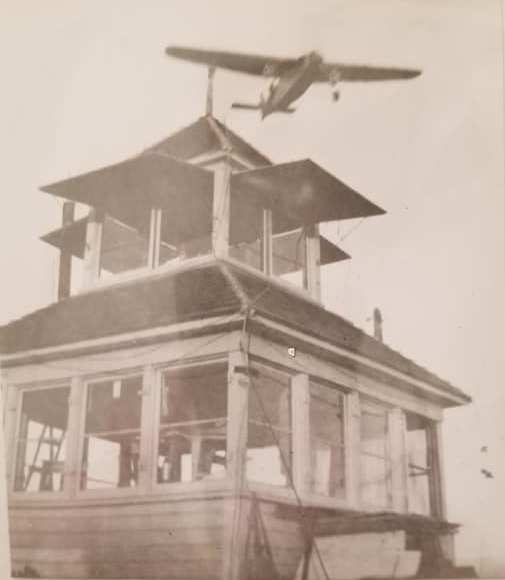
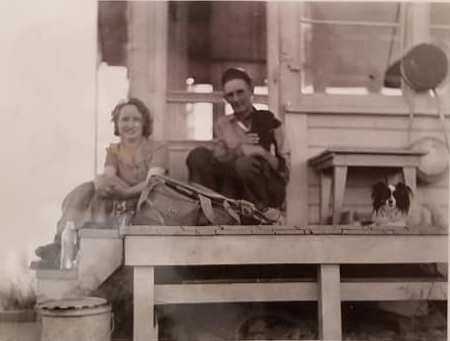
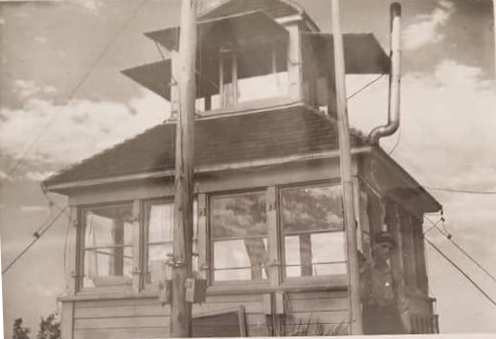
Ruth and Estes Kester photo
Ruth and Estes Kester photo, morning paper delivery
Ruth and Estes Kester photo
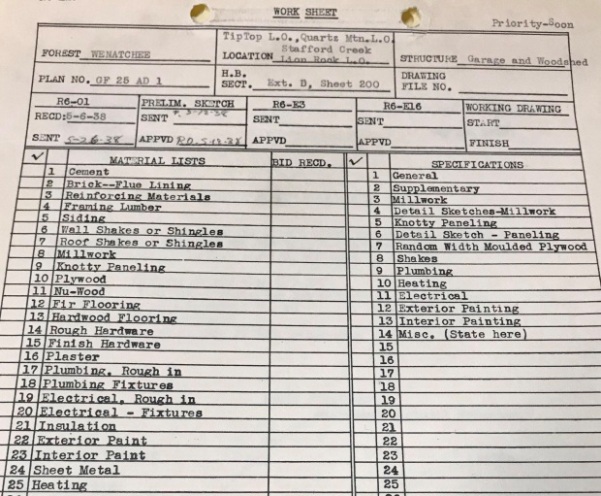
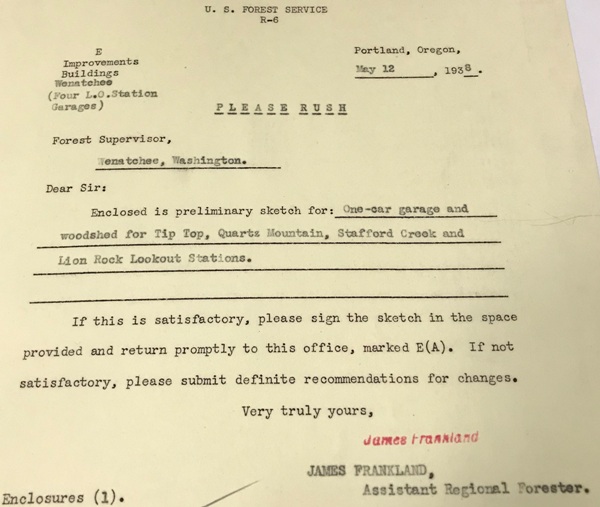
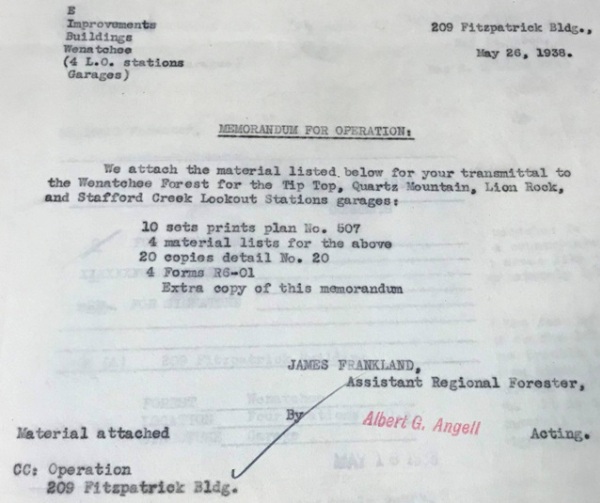
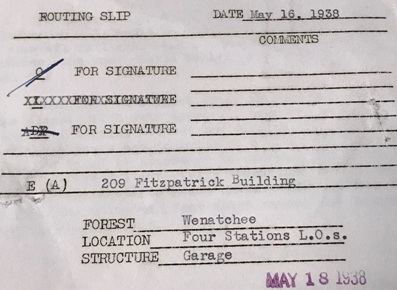
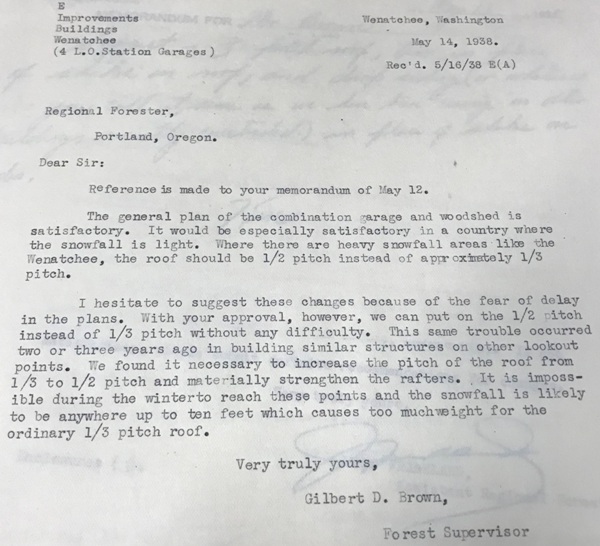
Documents for the combination garage and woodshed.




























